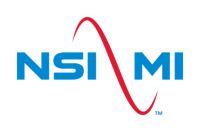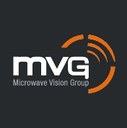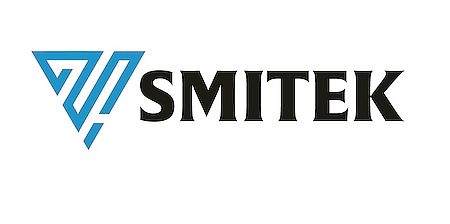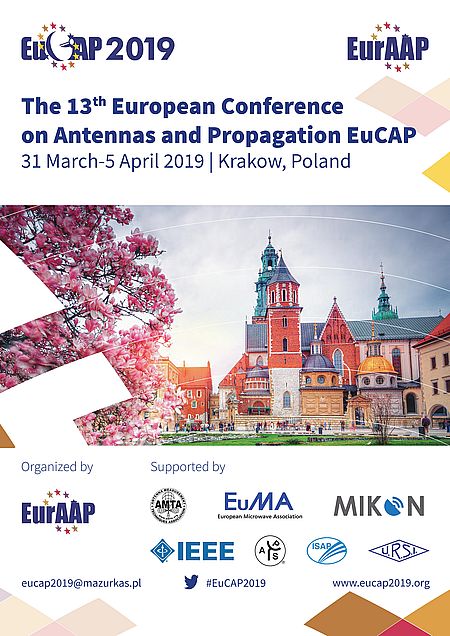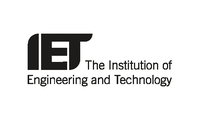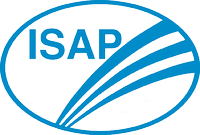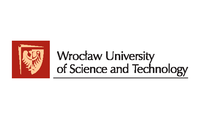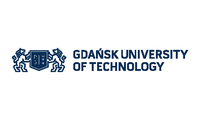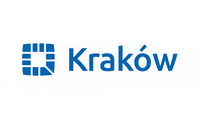Dr. Ivan J. LaHaie
Application of L1 Minimization Techniques to Near Field-to-Far Field RCS Transformations
Integrity Applications Inc., USA
Biography
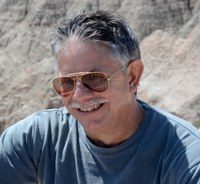 Dr. Ivan J. LaHaie joined Integrity Applications Incorporated (now IAI, LLC) in 2010 where he is currently a Principal Scientist in the Sensors & Analysis sector. He has over 35 years of experience in the application of electromagnetics, inverse scattering, and signal processing techniques to problems in synthetic aperture radar (SAR) systems and phenomenology, unconventional RF and optical imaging, and radar cross-section (RCS) modeling, analysis, and measurements.
Dr. Ivan J. LaHaie joined Integrity Applications Incorporated (now IAI, LLC) in 2010 where he is currently a Principal Scientist in the Sensors & Analysis sector. He has over 35 years of experience in the application of electromagnetics, inverse scattering, and signal processing techniques to problems in synthetic aperture radar (SAR) systems and phenomenology, unconventional RF and optical imaging, and radar cross-section (RCS) modeling, analysis, and measurements.
Dr. LaHaie is a fellow of the Antenna Measurement Techniques Association (AMTA) and the Institute of Electrical and Electronics Engineers (IEEE), and a member of the Optical Society of America. He has participated on several government advisory and technical evaluation panels. In 1991, he received the IEEE Aerospace and Electronic Systems Society Radar Systems Panel Award for his contributions to synthetic aperture systems and electromagnetic modeling. The award is given annually to the nation’s leading radar engineer under 40 years of age. He received the AMTA Distinguished Achievement award in 2004 for his pioneering work in the development of automated radar signature imaging technology, radar cross-section (RCS) measurement technology and standards, the design and evaluation of electromagnetic interference and error source mitigation techniques, and for his contributions to the field of radar signature target support interaction modeling.
Dr. LaHaie received his BS degree in electrical engineering from Michigan State University in 1976, and his MS and Ph. D. degrees, also in electrical engineering, from the University of Michigan in 1977 and 1981, respectively.
Gary D. Dester /co-author/
Integrity Applications Inc., USA
Biography
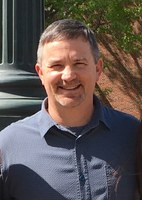
Gary D. Dester received the B.S. and M.S. degrees in Electrical Engineering from the University of Illinois at Urbana-Champaign (UIUC) in 1988 and 1991, respectively, and the Ph. D degree in Electrical Engineering from Michigan State University in East Lansing, MI in 2009. He has worked as a Research Engineer with General Dynamics Advanced Information Systems, MDA Information Systems, and has been a Senior System Engineer with IAI, Inc., since 2015. His research experience and interests
include electromagnetic material parameter measurements, RCS error characterization and mitigation, uncertainty analysis, and inverse synthetic aperture radar image formation processing.Dr. LaHaie received his BS degree in electrical engineering from Michigan State University in 1976, and his MS and Ph. D. degrees, also in electrical engineering, from the University of Michigan in 1977 and 1981, respectively.
Synopsis
Image-based near field-to-far field transformation (NFFFT) algorithms developed by the authors and their colleagues have gained wide acceptance for their ability to accurately estimate monostatic far field (FF) radar cross-section (RCS) from wideband monostatic near field (NF) measurements. The algorithms implicitly use the reflectivity density model common to synthetic aperture radar (SAR) imaging to derive closed form expressions for transforming NF measurements collected a variety of 1D and 2D complete coordinate surfaces to FF RCS on the corresponding surfaces in the far field. While analytically elegant and computationally efficient, these closed form “conventional” NFFFTs suffer from errors in the predicted FF RCS due “edge effects” from the finite measurement bandwidth and/or truncation of the scan surfaces. The 1D NFFFT algorithms also suffer from errors when the target has appreciable extent perpendicular to the slant range plane. In this paper, we present the use of the basis pursuit denoise (BPDN) L1 minimization technique to mitigate these and other shortcomings of the conventional NFFFT algorithms. The paper begins with a review of the radar reflectivity density model and its role in formulating the conventional image based NFFFTs. This is followed by examples of FF prediction errors due to finite bandwidth edge effects for the particular case of the 1D circular NFFFT (CNFFFT). We then show how interpreting the reflectivity density model as a linear mapping between the (unknown) reflectivity density and the (known) NF measurements allows the NFFFT to be reformulated as an underdetermined linear optimization/prediction problem which can be iteratively solved using BPDN. Finally, we show how this approach can mitigate the errors in the CNFFFT examples shown earlier.


